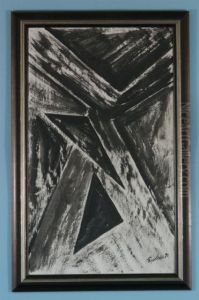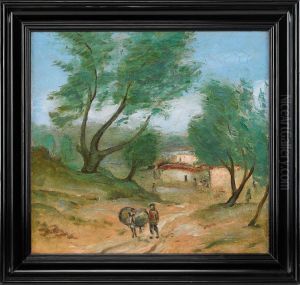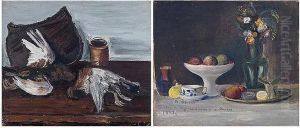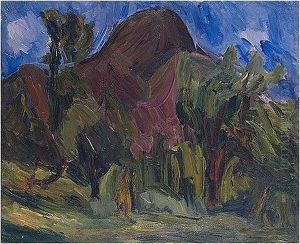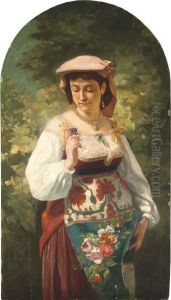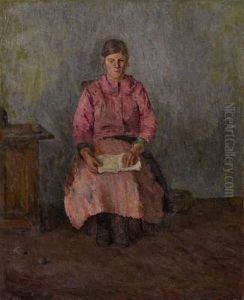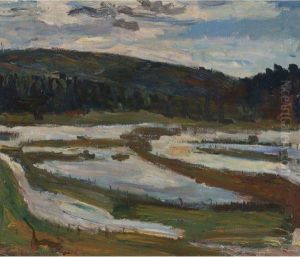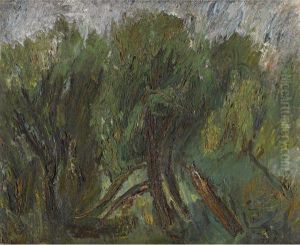Alexander Drevin Paintings
Alexander Drevin was a notable Russian painter associated with the avant-garde movement of the early 20th century. Born on August 8, 1889, in Cēsis, which was then part of the Russian Empire and is now in Latvia, Drevin showed an early interest in art and eventually moved to Moscow to pursue his artistic career.
In Moscow, Drevin became an active member of the art scene and joined several influential groups of artists, including 'Jack of Diamonds' and 'The World of Art.' His work during this period was characterized by a bold use of color and dynamic composition, showing the influence of Cubism and Futurism, which were prominent movements of the time.
During the 1920s, Drevin's style evolved, and he became involved with the Constructivist movement. He was particularly interested in the ideological and practical aspects of art in the service of society, a concept that was gaining popularity after the Russian Revolution of 1917. Drevin also taught at Vkhutemas, the Russian state art and technical school, where he influenced a generation of young artists.
Drevin was married to fellow artist Nadezhda Udaltsova, and the two often collaborated and exhibited their work together. They were both part of the avant-garde artistic community that included luminaries like Kazimir Malevich and Lyubov Popova.
Unfortunately, the political climate in the Soviet Union became increasingly repressive under Joseph Stalin's rule, and this had a profound effect on artists. In 1938, during the Great Purge, Alexander Drevin was arrested by the NKVD, the Soviet secret police. He was charged with espionage and treason, likely due to his Latvian origins and potentially for the nonconformity of his art. He was executed shortly after his arrest.
Drevin's legacy was largely forgotten during the Soviet era due to the political suppression of avant-garde art. It was not until the latter part of the 20th century that his contributions to Russian art were reevaluated and celebrated. His work is now recognized for its innovative approach and its role in the development of Russian modernism.
